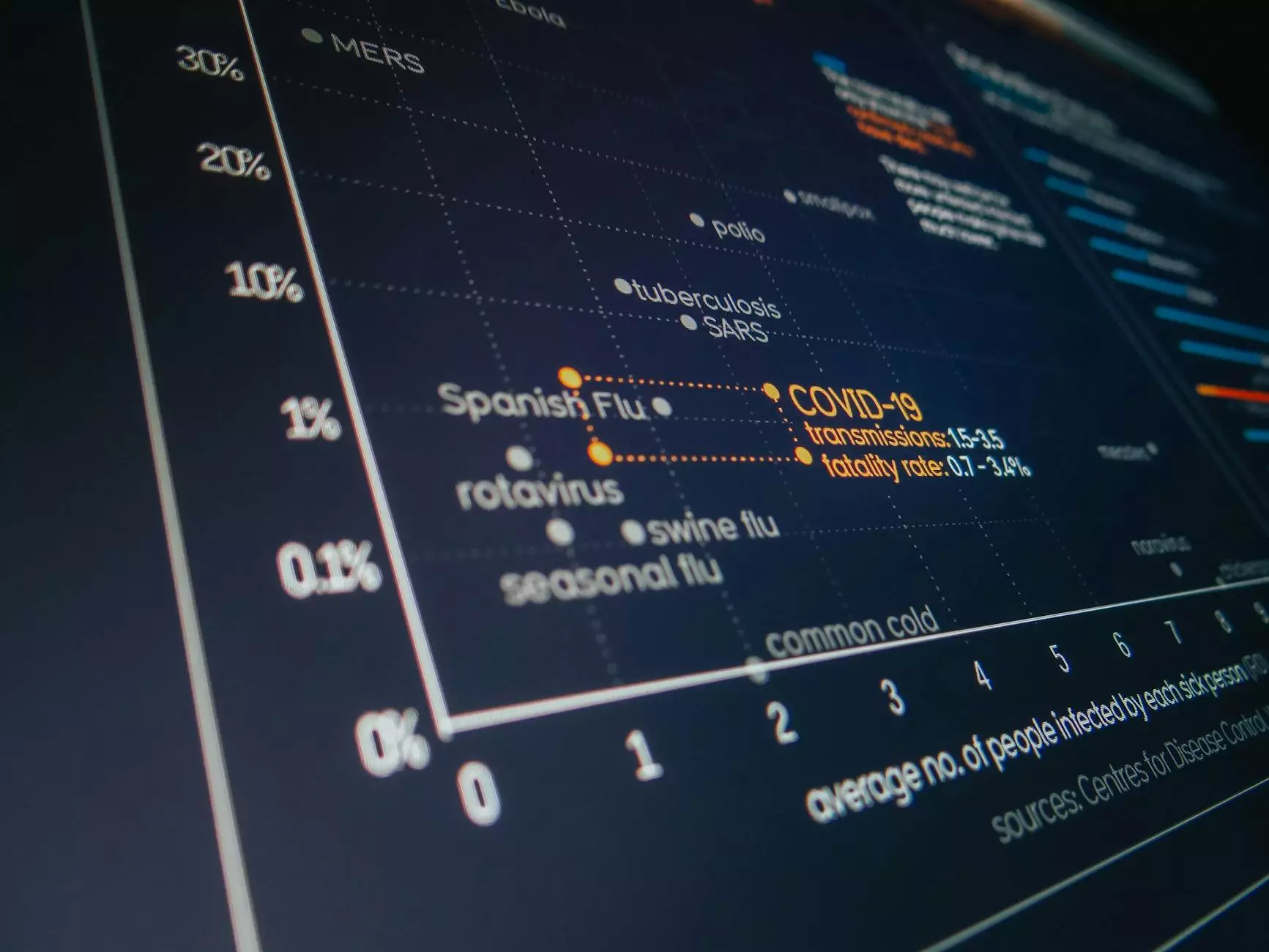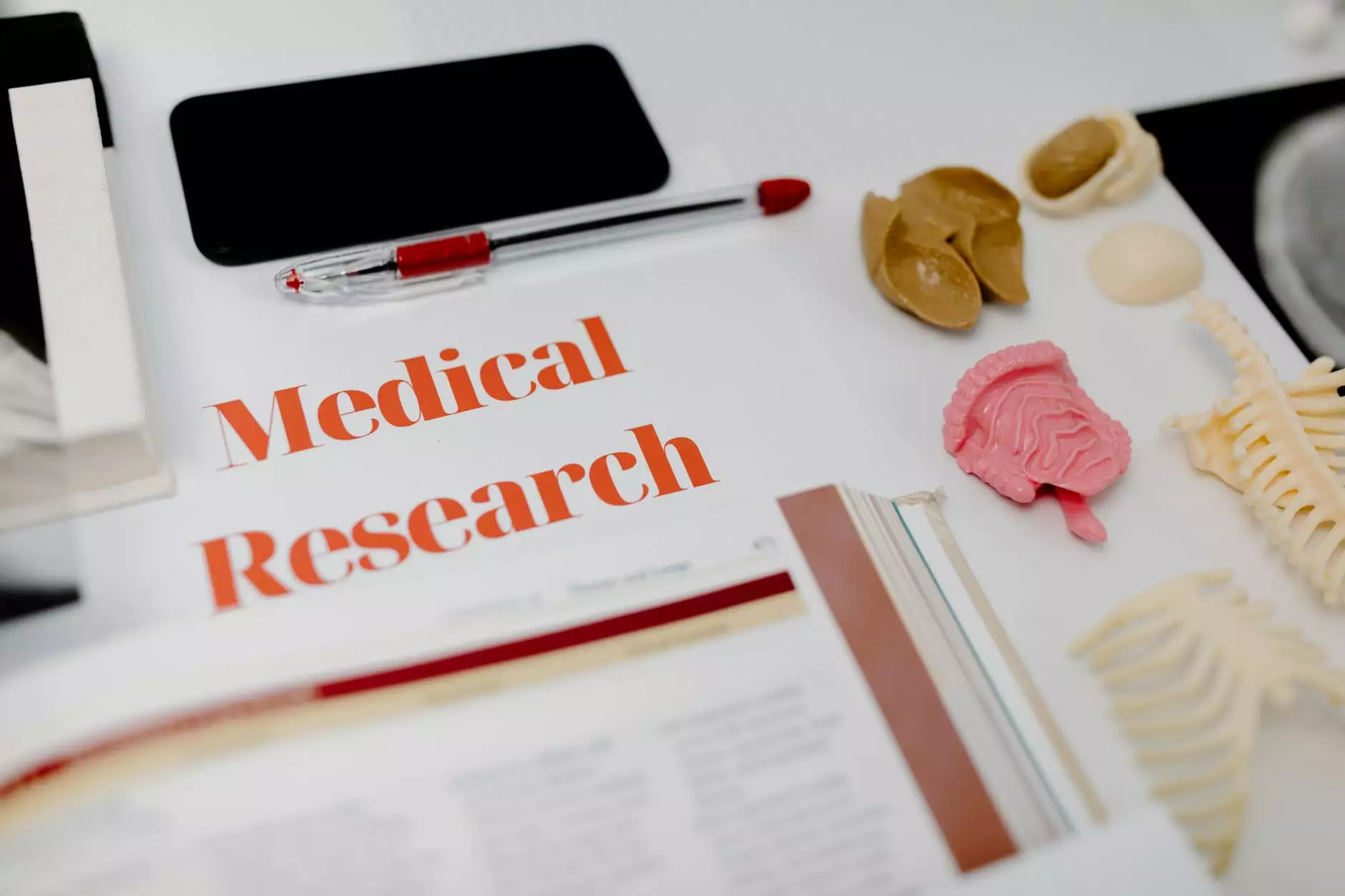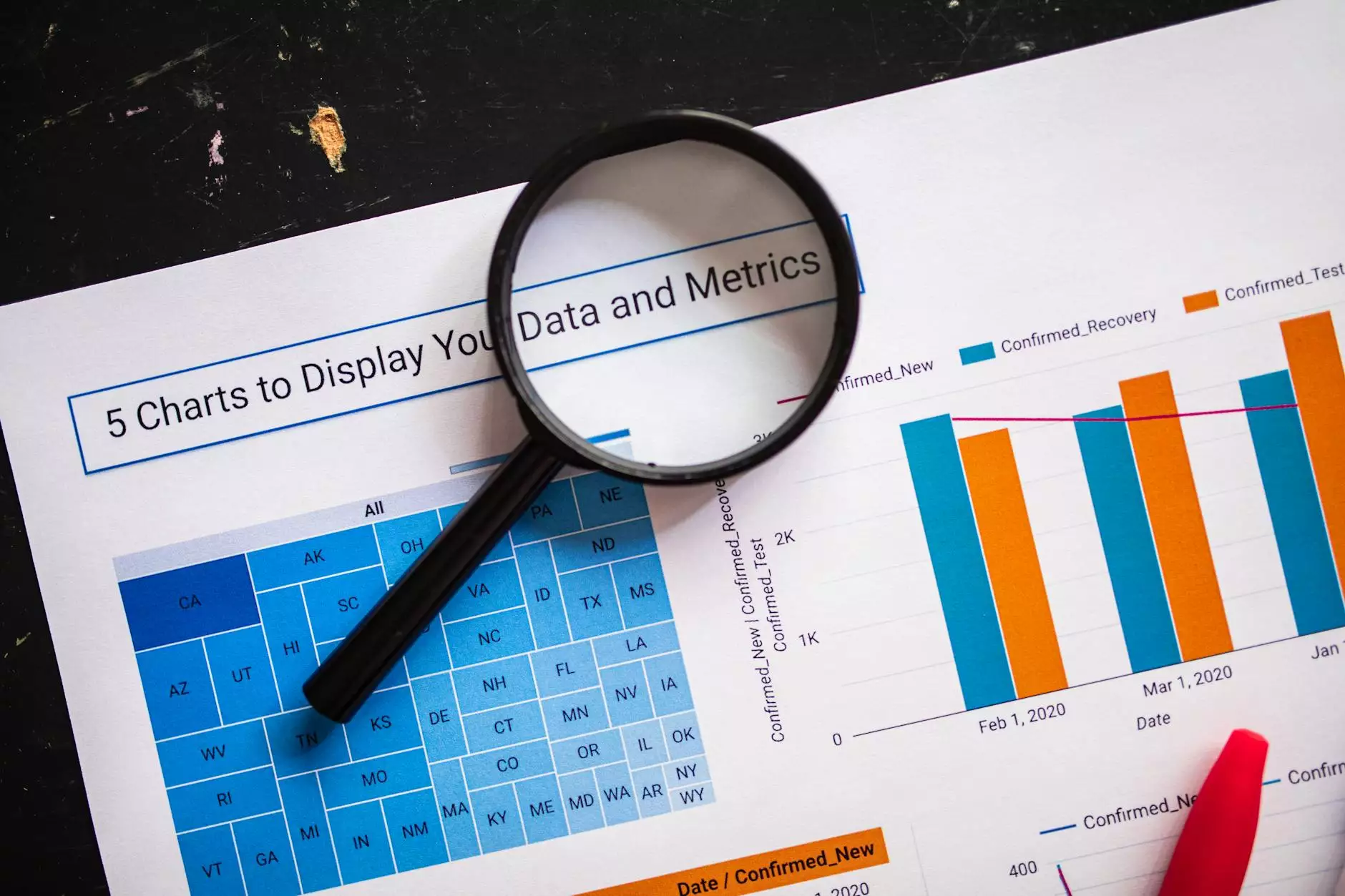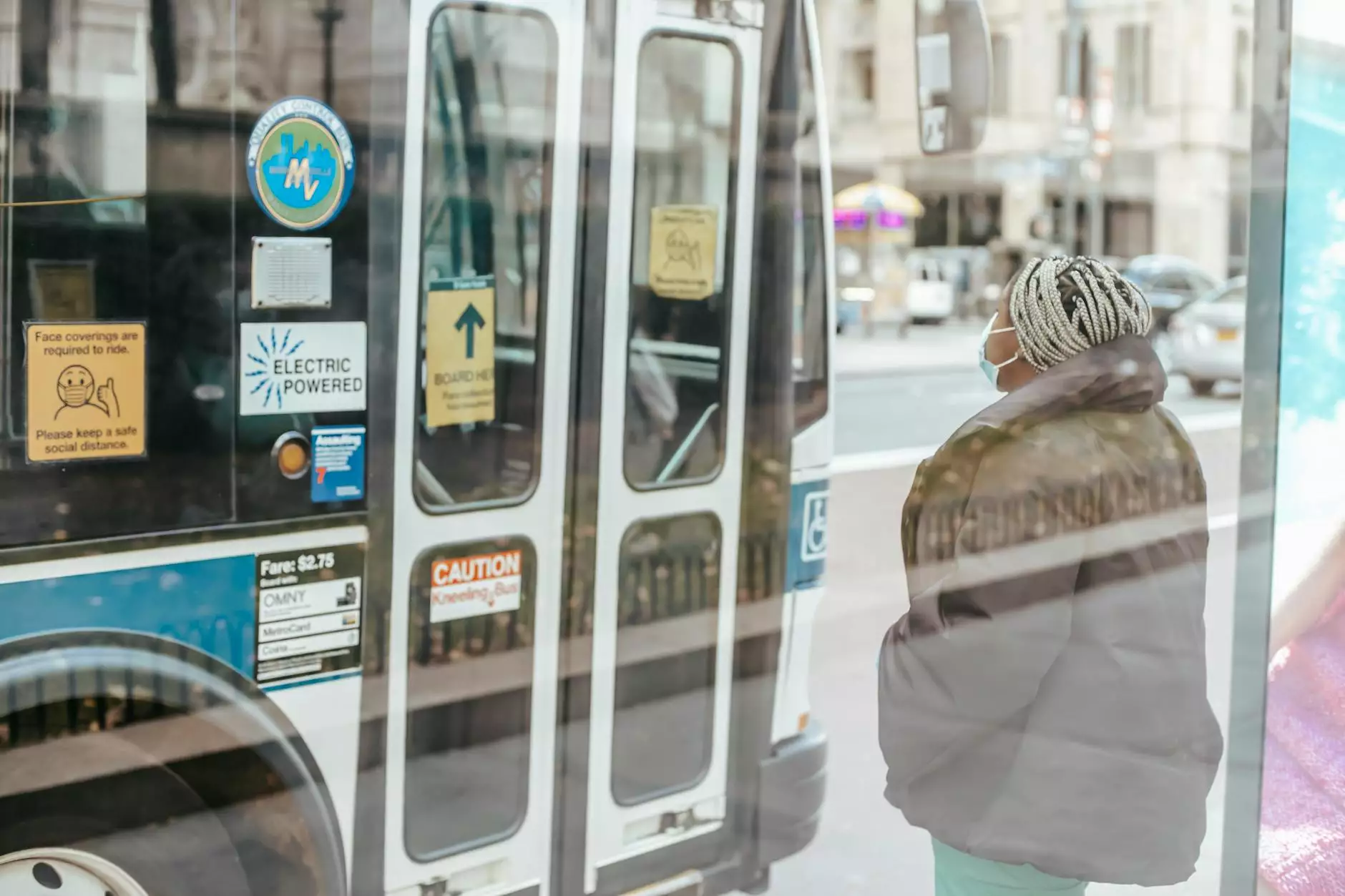Left Foot Anatomy: Superior and Sagittal Views
Services
Welcome to Unilevel Studios' detailed guide on the left foot anatomy, with a focus on superior and sagittal views. Understanding the intricate structures and functions of the foot is essential for various professions such as podiatrists, physical therapists, athletes, and individuals interested in human anatomy.
The Importance of Left Foot Anatomy
The left foot plays a crucial role in supporting the body's weight, maintaining balance, and facilitating movement. By delving into the anatomy of the foot, we gain insights into how this complex structure functions seamlessly in our daily activities.
Superior View of the Left Foot
The superior view of the left foot provides a top-down perspective of the foot's bones, joints, ligaments, and muscles. This view allows us to visualize the arrangement of structures such as the tarsal bones, metatarsals, phalanges, and various soft tissues that contribute to the foot's mobility and stability.
Anatomical Structures in Superior View:
- Tarsal Bones: The tarsal bones, including the talus, calcaneus, navicular, cuboid, and cuneiform bones, form the foundation of the foot's arches.
- Metatarsals: The metatarsal bones connect the tarsals to the phalanges and provide support during walking and running.
- Phalanges: The phalanges are the toe bones that enable movements such as flexion, extension, abduction, and adduction.
- Ligaments and Muscles: Various ligaments and muscles in the foot work together to stabilize the arches, maintain posture, and facilitate movements like dorsiflexion and plantar flexion.
Sagittal View of the Left Foot
The sagittal view offers a side profile of the left foot, highlighting the longitudinal arch, transverse arch, and key anatomical features from the heel to the toes. Understanding the sagittal plane helps us appreciate the dynamic interactions between bones and soft tissues that enable flexibility and shock absorption.
Anatomical Features in Sagittal View:
- Longitudinal Arch: The longitudinal arch consists of the medial arch, lateral arch, and transverse arch, providing support and flexibility for walking and standing.
- Plantar Fascia: The plantar fascia is a thick band of tissue that supports the arches and acts as a shock absorber during weight-bearing activities.
- Achilles Tendon: The Achilles tendon connects the calf muscles to the heel bone (calcaneus) and plays a crucial role in walking, running, and jumping.
- Flexor and Extensor Muscles: Various flexor and extensor muscles in the foot and ankle help control movements such as toe curls, ankle dorsiflexion, and plantar flexion.
Conclusion
Exploring the left foot anatomy from superior and sagittal views enhances our understanding of the intricate structures that enable us to walk, run, jump, and perform daily activities with precision and efficiency. By appreciating the complexity and versatility of the foot, we can better appreciate the marvel of human biomechanics.
Stay tuned for more informative content from Unilevel Studios, your ultimate destination for in-depth insights on human anatomy and health.









